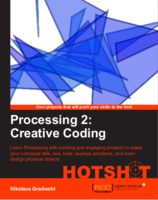how to connect additional soundcards to your jack setup
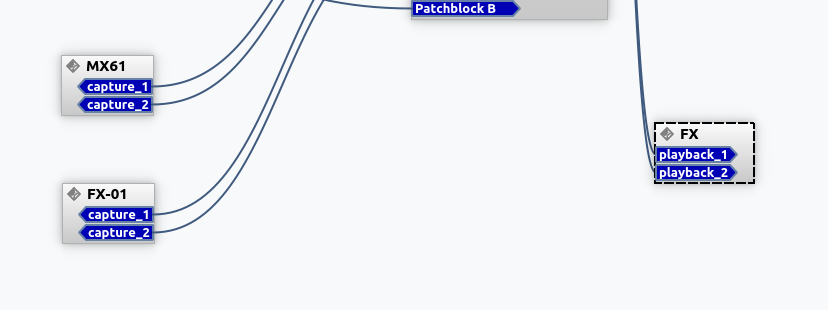
Many hardware synthesizer come with an USB port these days and some of them even connect as a soundcard, allowing you to route the audio from the synth directly to your daw without wasting an input on your soundcard. And sometimes you want to record something using an USB microphone or USB Guitar cable.
To connect such devices to my DAW via jack on linux I created a little startup script that runs every time I start Bitwig Studio to make sure all the external devices are connected. I use alsa_in - a command line tool that allows you to connect an additional alsa sound card. a2jack needs some parameters like the device name, sampling rate or buffer size to use and starts a process. Then it starts a process that listens to the alsa device and forwards the input to jack by connecting as a jack client application with some inputports. These ports can be configured as input routes in your daw like Bitwig or ardor - just like you would do with an input channel on your main sound-card.
To route audio from your daw to the output of an second sound you can use alsa_out
My music startup script connects the audio interface of my Yamaha MX61 and an usb-soundcard, that is connected to my Korg KaosPad Mini, so I can use it as an external effects processor in bitwig-studio
alsa_in -j "MX61" -d hw:CARD=MX49MX61,DEV=0 -r 44100 -p 256 &
alsa_in -j "FX" -d hw:CARD=Device,DEV=0 -r 44100 -p 256 &
alsa_out -j "FX" -d hw:CARD=Device,DEV=0 -r 44100 -p 512
You can get a list of the available alsa device names by running the command
aplay -L
Unfortunately the USB soundcard I use always selects the microphone input when it is plugged in or my computer restarts. To fix this I use the amixer command to change the capture channel to line and mute it - so I don' t generate feedback loops (I spent hours finding out where that distortion came from :-/)
amixer -D "hw:CARD=Device" cset numid=11 on # Line capture on
amixer -D "hw:CARD=Device" cset numid=5 off # Line mute
you can get a list of supported controls and their id by a running
amixer -D "hw:CARD=Device" controls
just replace "hw:CARD=Device" with the device identifier of your sound interface.
read more ...Recreating the Inception Braaam with a Volca Bass
I recreated the famous Inception Braaaam sound from the trailer using my volca bass and a KP Mini (for the reverb). The sound is known under a range of names like 'Inception Horns', 'Inception Braaam', 'That Trailer sound' and so on
here is an mp3 file of my creation and if you have no clue what I´m talking about watch this video on youtube that shows all the trailers featuring this particular sound. I think I will use it in one of my next blender animations - to make it sound more filmy :-)
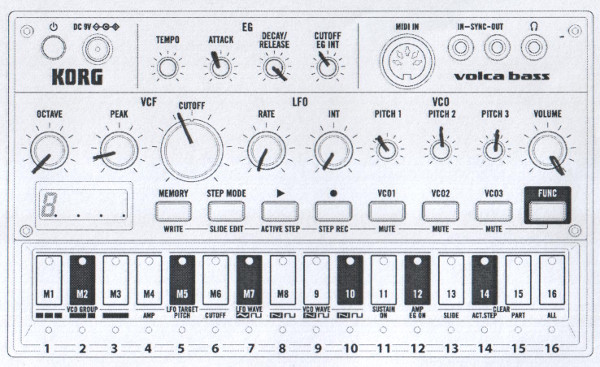
sound visualizer experiment 4
for this sound visualizer I subdivided a plane several times and used a triangulate modifier. The sound drives the intensity of a displacement modifier.
you can download the blend file here
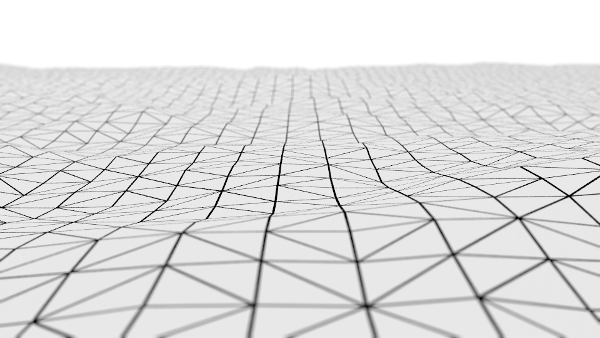
sound visualizer experiment 3
For this sound visualizer I animated the color of a diffuse material node using a driver and an empty node
the song I used is called "To be named" and can be found here
you can download the blend file here
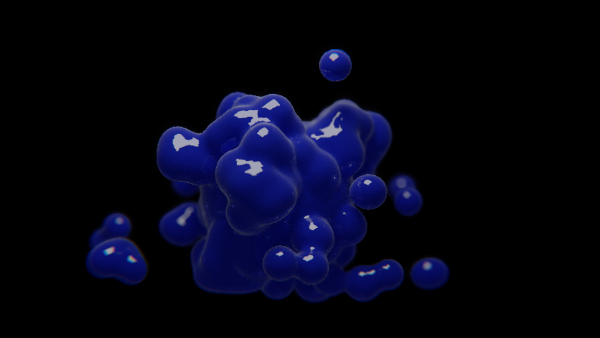
sound visualizer experiment 2
For this animation I baked a sound curve to the z-position of an emtpy. Then I used a cylindrical shape as a particle emitter that gets scaled by the empty and moved it along a curved path
I used the first 10 seconds of my song arp1 to test the visualizer
you can download the blend file here
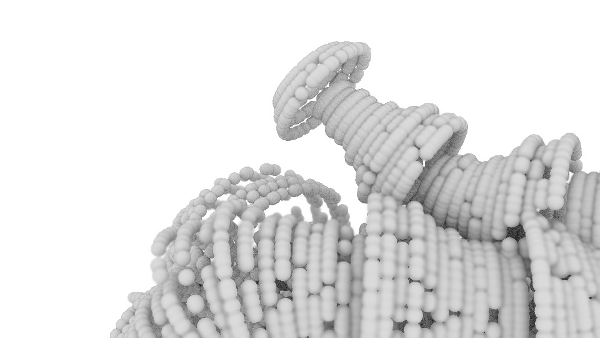
sound visualizer experiment 1
for this sound visualizer I created a python script that creates curves for 16 frequency bands of the sound file
The song can be heard in full length here
my script is based on the unbake f-curve script by liero
you can download the blend file here
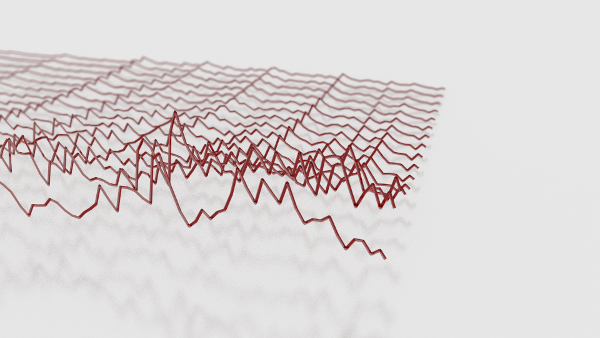
Floating Processing cloudes with minim
I made a simple example to test the sound input features of minim, an audio library for processing.
I took one of the cloudes i wrote for my ical-flowers and wrote a simple sketch that makes it float to the right whenever someone blows into the microphone.





